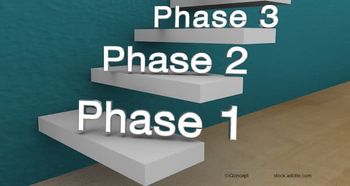
Aspheric IOLs no. 1 choice for glaucoma patients
An aspheric IOL may be considered the implant design of choice for most patients with glaucoma who require cataract surgery, said Richard L. Lindstrom, MD.
An aspheric IOL may be considered the implant design of choice for most patients with glaucoma who require cataract surgery, said Richard L. Lindstrom, MD.
"Providing the best quality vision is paramount in the visually compromised glaucoma patient," said Dr Lindstrom, founder and attending surgeon, Minnesota Eye Consultants, Minneapolis, US. "These individuals are known to have reduced contrast sensitivity that is related to a reduction in retinal ganglion cells.
"Given this neuronal influence, it is rational to do whatever we can to maximize contrast sensitivity on the basis of optics, and that is accomplished best with the use of an aspheric IOL," he added.
Dr Lindstrom noted there is good evidence that aspheric IOLs enhance contrast sensitivity by reducing total spherical aberration in the eye. The only situation where a spherical IOL would be preferred over an aspheric implant would be in the rare instance of a patient with glaucoma who has negative corneal spherical aberration related to previous LASIK for hyperopia.
In general, presbyopia-correcting IOLs - and particularly, current-generation multifocal designs - should be avoided in patients with glaucoma because of a potential to compromise contrast sensitivity. Laboratory measurements of modulation transfer function, however, show that an investigational, next-generation design of a proprietary accommodating IOL (crystalens HD-100; eyeonics/Bausch & Lomb) outperformed a previous model of the accommodating IOL, as well as multifocal presbyopia-correcting implants.
"For now, multifocality might be considered only if visual loss [from glaucoma] is mild and expected to stay that way," Dr Lindstrom said. "When available, the new accommodating IOL may become a reasonable compromise for select glaucoma patients who want to reduce their dependence upon glasses."
Read
ASCRS 2008 meeting highlights.
Newsletter
Get the essential updates shaping the future of pharma manufacturing and compliance—subscribe today to Pharmaceutical Technology and never miss a breakthrough.







































